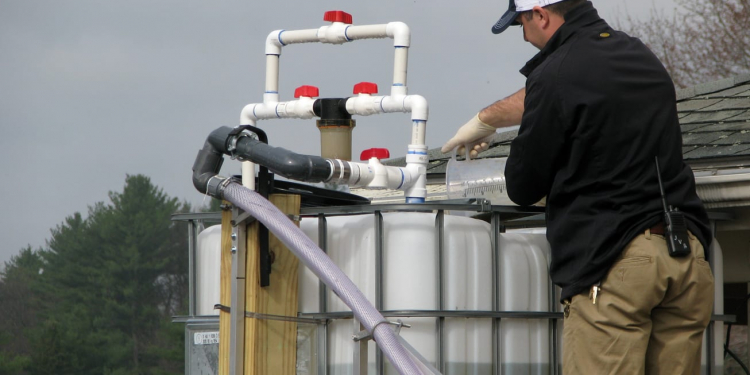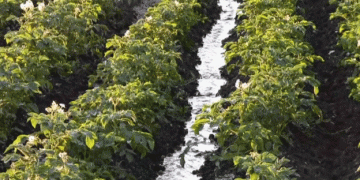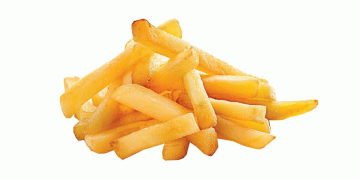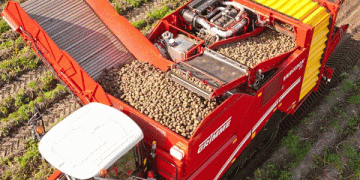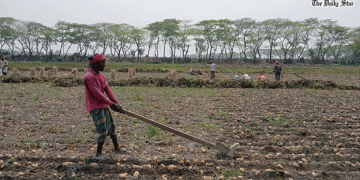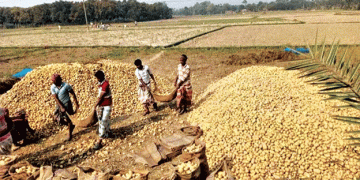Farm inputs are becoming more and more expensive for farmers. This also means that the costs of agricultural production are exploding – whether for arable farmers or animal owners.
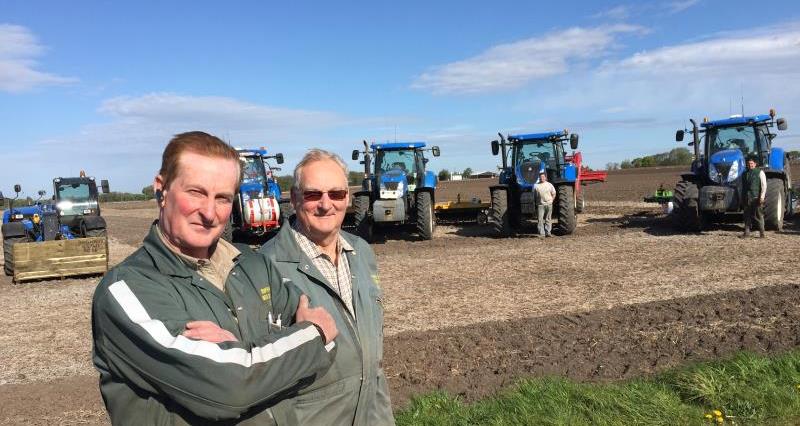
Agricultural input prices recorded by the Federal Statistical Office (Destatis) had already risen to a new all-time high in January . Now Destatis reports a price increase for commercial products of 3.7 percent for the month of March. Wholesale products are even more expensive by 5.7 percent.
The last time there was a similar strong cost explosion was 10 years ago. In the case of commercial products, these are the prices that manufacturers charge ex works – i.e. before these products are further processed or are placed on the market. This makes them a good early indicator for the development of purchase prices for farm inputs – and of course for price dynamics in the economy as a whole.
Some economists are already warning of galloping inflation. If you take a look at the latest development in the cost of agricultural inputs, there is actually no room for even higher costs. But farmers know: In the last few weeks fertilizers , diesel and energy , plant protection and capital goods such as machines and, last but not least, construction costs have increased enormously.
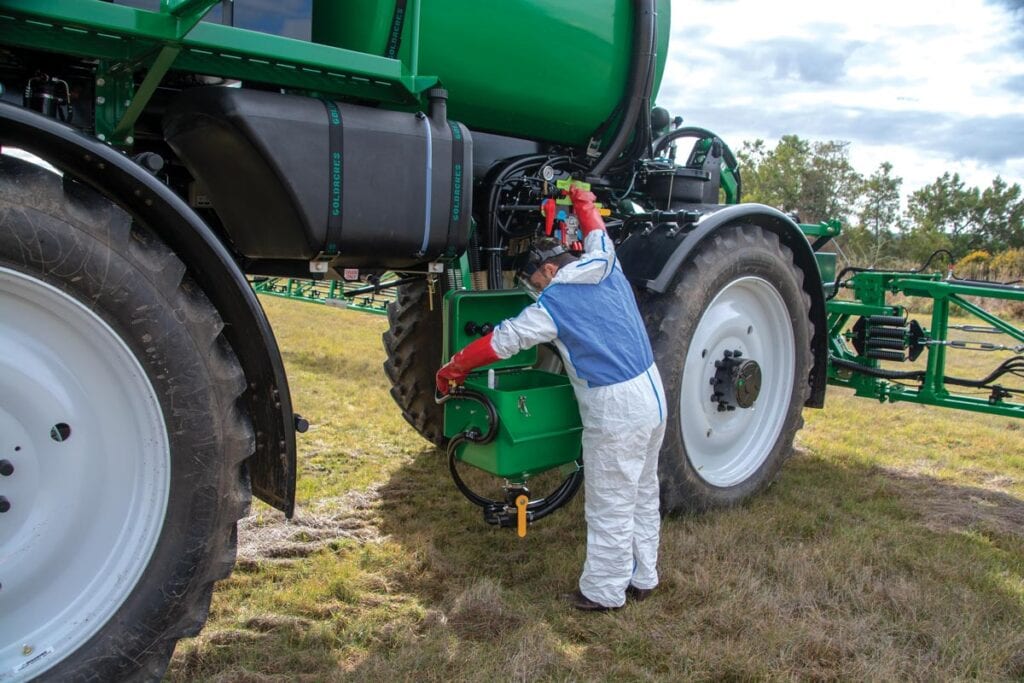
This price explosion is also reflected in the purchase prices for commercial products and in farmers’ production costs, which are rising ever faster.
Raw materials and intermediate products extremely scarce – delivery bottlenecks
The reasons for the sharp rise in prices are obvious: interrupted and non-functioning supply chains, a huge backlog in ship transport, extremely scarce and expensive containers – as well as further delays in loading and transporting raw materials and products as a result of continued corona restrictions.
In addition: The sharp rise in energy and fuel prices in Germany and the continued rise in electricity costs. Inflation in Germany has been given an additional boost by the CO2 tax that has been in force since this year . On the other hand, the economy in many countries is ramping up production again after the dramatic Corona slump and urgently needs raw materials and preliminary products. The result: An exploding demand meets an extremely tight supply – and this is shown by the exploding prices .
Last week, the European Central Bank (ECB) reported in detail about bottlenecks in the supply of important intermediate products due to the pandemic. The bankers had asked numerous industrial companies about the supply of raw materials and intermediate products. The Fendt example shows how badly the economy is also affected by the supply problems : production in two plants had to be shut down due to a lack of semiconductors. Despite full order books, the activities of many companies are being slowed down by the delivery problems, reported the ECB.
And the problem is not going to go away anytime soon: In the last few weeks there have been increasing bottlenecks in the supply of semiconductors, industrial metals, chemicals , plastics and many other things. In Germany there is also a lack of sawn timber and construction timber . These problems have been exacerbated by continued difficulties with transportation and the lack of freight containers.
По словам банкиров ЕЦБ, проблемы с поставками, вероятно, еще больше увеличатся во втором квартале, прежде чем во второй половине года ситуация постепенно улучшится.
Resources: everything is getting more expensive – prices at an all-time high
But which operating resources are particularly affected by the sharp rise in prices and where will things continue to rise in the spring? First of all, all fuels such as diesel and petrol should be mentioned here. In addition, there are all energy products such as heating oil, natural gas and electricity . Here, the costs for farmers had already risen steeply in January and the price increase here continues unabated in the spring – as shown by the data on commercial sales prices.
In March, fuels are 17.4 percent more expensive than a year before, 44.6 percent higher prices are being charged for heating oil and customers have to pay 53.4 percent more for natural gas. Even current has increased in price sharply – by almost 10 percent. But that’s not all: While the prices for crop protection rose only slightly in January, Destatis reported a price premium of almost 5 percent for inorganic raw materials and chemicals in March.
At the same time, Rabobank analyst Sam Taylor reported to the agricultural online service agfax of sharply rising prices and delivery bottlenecks for herbicides and fungicides. Meanwhile, the wholesale prices for glufosinate and glyphosate have risen by 50% compared to last year, reports Tylor, and the active ingredient atrazine is 40% more expensive. These costs will likely soon be passed on to farmers.
For the most important mineral fertilizers, prices have already gone through the roof in the last few months – this was also not taken into account in the January data: The most important nitrogen fertilizer for German farmers, namely calcium ammonium nitrate (KAS), has risen by a whopping 40 percent since autumn – and for diammonophosphate (DAP), a good 50 percent more has to be leafed through on the table. And prices keep rising.
It’s going to be an extremely expensive year for farmers
The costs for the maintenance and purchase of machines and devices were already significantly more expensive in January . Here the premium was between 2 and more than 3 percent. This continues at an undiminished pace in March. Destatis reports a price increase of almost 2 percent for wholesalers for harvesting machines. And don’t forget: building is also becoming more expensive. Both the rising energy prices and the significantly higher prices for building materials and wood are driving up prices here.
